TRAINING YOUR MAN扴-BEST-FRIEND
Dog training is more than just telling your dog to stop doing what he's doing. Dog training is trust -- you are teaching him that he can feel safe and know that you will take care of him.
If there's one piece of definitive advice about dog training this must be it. Dog training has to train the owner first, and then the dog will be a willing happy servant giving unconditional love. Dog training and obedience is all about you having a relationship with your dog and your dog responding to you.
Training
Training starts the moment your pup comes home. Training before "six months of age" is fine if you see the puppy having fun with these lessons. Training opens up a line of communication between you and your pet dog. Training your dog is freedom -- you'll be able to take your dog to more places with you knowing that he will behave. Training is bonding -- you and your dog work together so you can enjoy each other's company. Training your dog to do what YOU want will create a bond for the life of your dog. You must want to have your dog behave appropriately. Training will enrich your relationship with your dog and make them a pleasure to be around. Training sessions should only be 5 to 10 minutes as many dogs have short attention spans. They should start in the backyard and be kept short. Training your dog should absolutely be a top priority.
Once a puppy has all of his puppy shots (usually by 16 weeks of age), he should also be socialized with other friendly dogs, and acclimated to new environments beyond the owner's home and property, by being taken for regular daily walks on a leash. By socializing one's puppy early on with a variety of new and unfamiliar people (including calm and gentle children), on a regular and ongoing basis (for at least the first two years of the dog's life), you can help prevent serious behavioural problems such as shyness, timidity, and aggression from developing as the puppy matures.
Perhaps your new puppy is unable to control where it goes to the bathroom. A puppy that is smacked for soiling in the house has no way of associating the correction with the action, particularly if it happens well after the act.
Teach
Teach the basic commands: sit, stay, and come for now. One of the most important things for you is to learn is that it is possible to teach your dog what you want it to learn. A great way to use classical conditioning is to teach the dog secondary rewards. Give plenty of love and praise when your dog gets it right and they will then start to associate that action with the subsequent pleasure and will want to repeat it!
The person who calls their dog repeatedly without doing anything is in fact teaching their dog that the "Come" command is meaningless. If he's never learned the "come" command (even if you think he knows it) then going over and popping him a couple of good ones will teach him that it's really bad when you go near him. Punishing your dog will probably teach him to be afraid of you.
The best trainers can read their dogs and pick out the best match for that dog to teach him something. Not all of us are brilliant, but a willingness to drop something that is not working and try something else still lets us take advantage of finding the right way to teach a dog something. While no one can really teach you this skill, you do have to learn it. Probably the easiest way to teach a dog to sit on command is to have a treat (dog biscuit, piece of cheese, etc. Another way to teach a dog to sit on command is very simple but takes a little more time: each time you see that your dog is going to sit, tell him to 'sit? Some people suggest you to teach a dog to sit on command by pressing his butt on the ground while saying 'sit? Try to be gentle though, there's no point in causing the dog pain when teaching him tricks.
Finally, don't blame the dog and think that you will solve everything by replacing your dog!

 Tips to Find the Odor Free and Flushable Litter for Cats
Tips to Find the Odor Free and Flushable Litter for Cats
 All About Odd-eyed Cats
All About Odd-eyed Cats
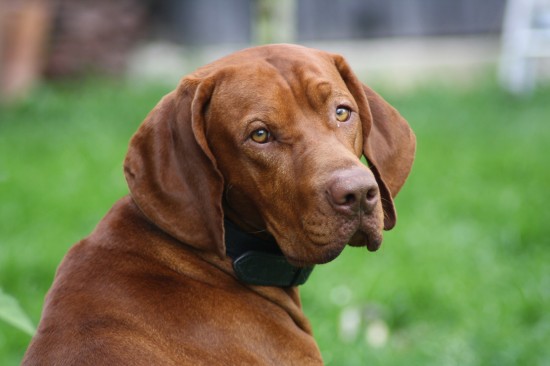 Hungarian Vizsla Hereditary Health And Longevity
Hungarian Vizsla Hereditary Health And Longevity
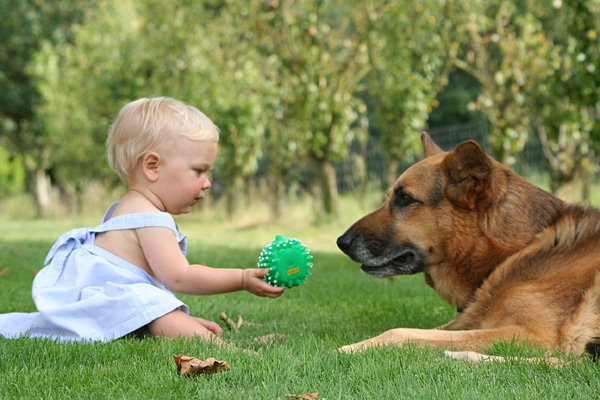 Chicken houses: The biggest Benefits and Comforts Seen and Experienced
Chicken houses: The biggest Benefits and Comforts Seen and Experienced
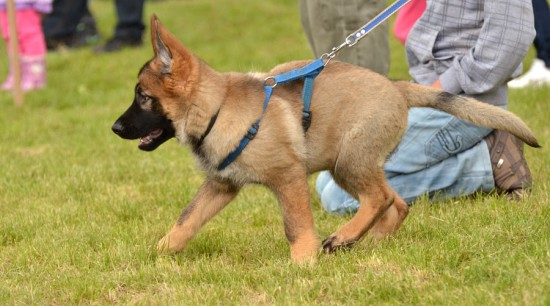 Puppy Problems - Nipping, Jumping Up, Barking, Housetraining And Socialising
Puppy Problems - Nipping, Jumping Up, Barking, Housetraining And Socialising
 What Is Vaccine Associated Adverse Event In Cats And Dogs?
What Is Vaccine Associated Adverse Event In Cats And Dogs?
 Introducing Your New Baby To Your Cat
Introducing Your
Introducing Your New Baby To Your Cat
Introducing Your
 Five Good Reasons To Consider Getting A Dog
Five Good Reasons
Five Good Reasons To Consider Getting A Dog
Five Good Reasons
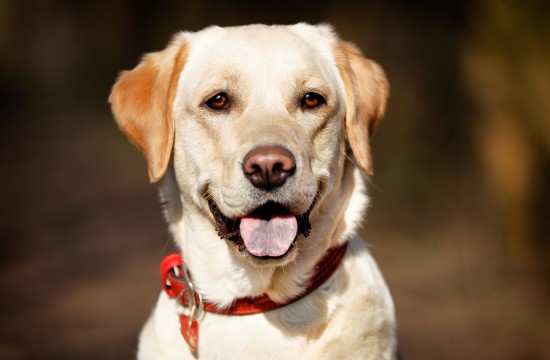 Good Mid-sized Dog Breeds For The First Time Owner
Good Mid-sized Do
Good Mid-sized Dog Breeds For The First Time Owner
Good Mid-sized Do
 8 Dental Problems To Look Out For In Cats
8 Dental Problems
8 Dental Problems To Look Out For In Cats
8 Dental Problems
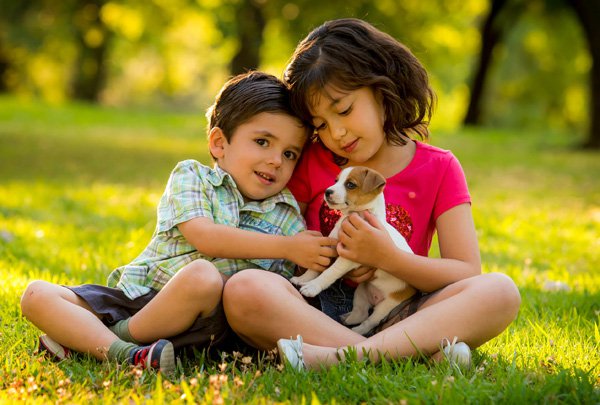 Responsible Factors For Shih Tzu Allergies
Responsible Factors For Shih Tzu Allergies
Shi
Responsible Factors For Shih Tzu Allergies
Responsible Factors For Shih Tzu Allergies
Shi